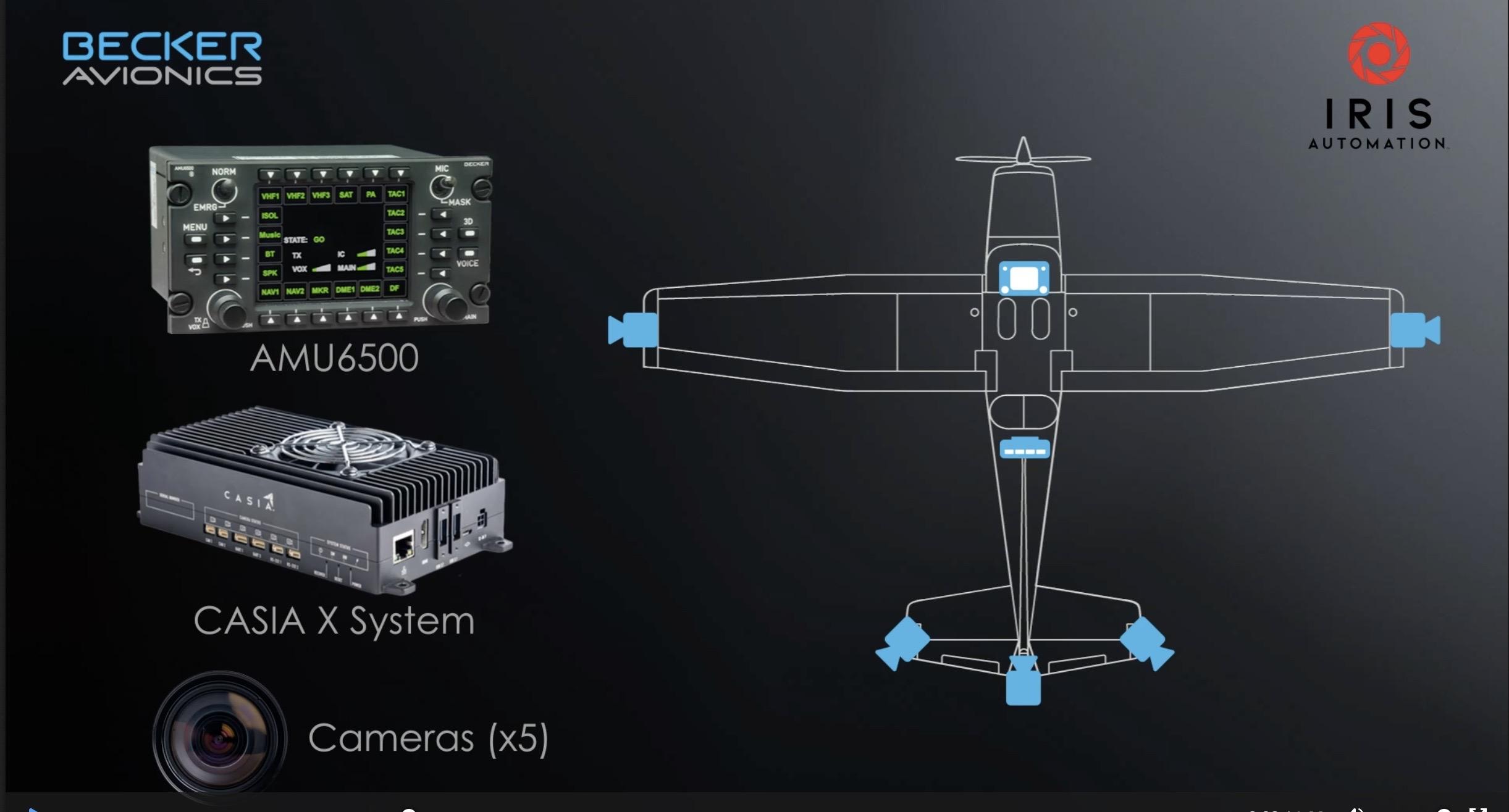
Credit: Becker Avionics and Iris Automation
Germany’s Becker Avionics and drone detect-and-avoid (DAA) system developer Iris Automation have entered into an agreement to jointly develop a collision avoidance system for general aviation aircraft. The joint product development, announced on Sept. 8, will combine Becker’s AMU6500 digital audio...
Subscription Required
This content requires a subscription to one of the Aviation Week Intelligence Network (AWIN) bundles.
Schedule a demo today to find out how you can access this content and similar content related to your area of the global aviation industry.
Already an AWIN subscriber? Login
Did you know? Aviation Week has won top honors multiple times in the Jesse H. Neal National Business Journalism Awards, the business-to-business media equivalent of the Pulitzer Prizes.





